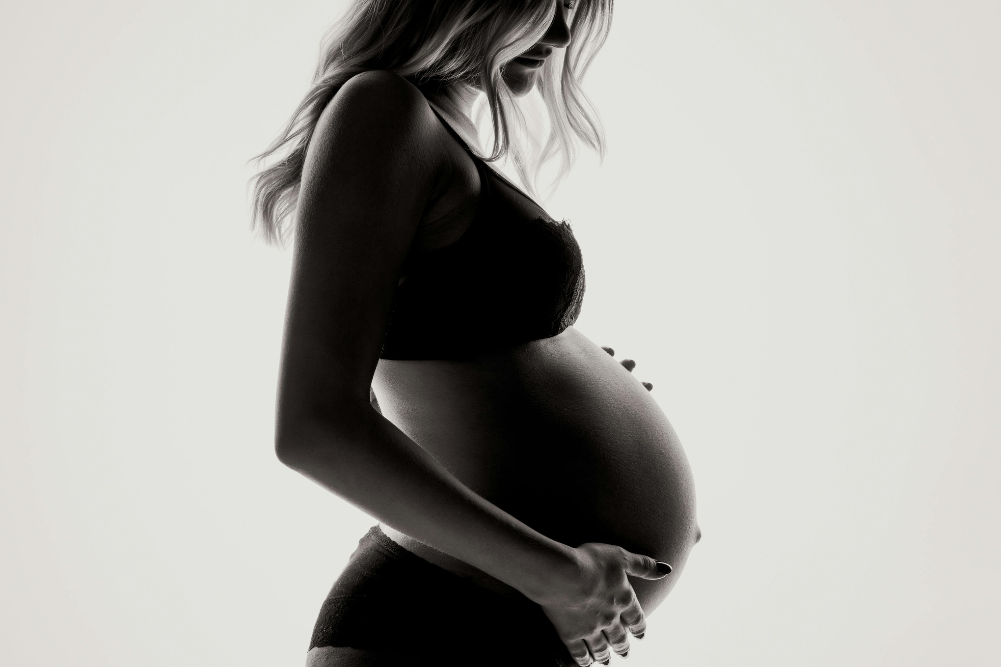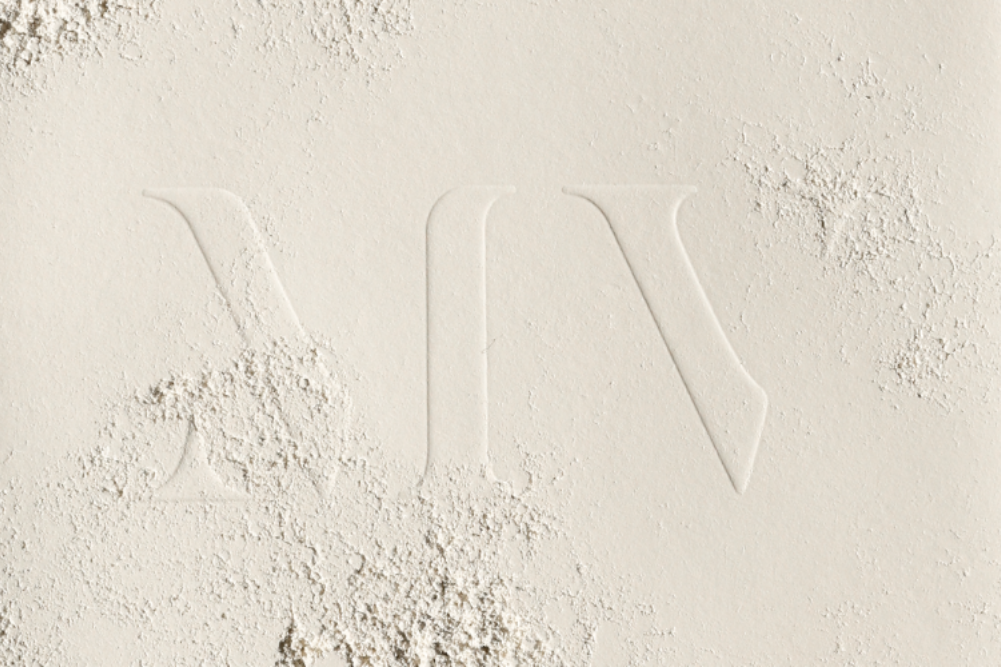Natural skin rejuvenation
The natural way to skin rejuvenation is literally at our fingertips. It’s called facial acupressure. Acupressure is one of the best-kept secrets we have in the health and wellness arena today. Not only is acupressure good for your health and excellent for toning your facial muscles and revitalising your skin, but it’s the most enjoyable, relaxing and meditative of treatments.
There are often misconceptions about Chinese medicine. It’s not mystical, as some may think, but rather a system of analysis and treatments created out of necessity to survive ailments and disease with limited resources over hundreds of years. Acupressure has its origins in northern China, where people carved out lives in the barren wastelands north of the Yellow River.
Residents of this region could not rely on herbal concoctions in times of sickness, but they discovered that by stimulating certain points on the face and body they could bring relief from pain and help heal aliments. It was from this knowledge that they gradually evolved the system of effective health treatments that includes acupressure, acupuncture and moxibustion. Today, these three methods of treatment form the basis of northern Chinese healing.
In recent years, acupressure has undergone extensive clinical research and testing by respected clinicians and theoreticians and the findings, reinforced by practical therapeutic application, have been scientifically verified.
Research findings on acupressure
- Stimulates the brain to produce endorphins, the body’s natural pain killers
- Increases micro-circulation in the capillaries
- Stimulates hormones that have an anti-inflammatory and antihistamine type of actions
- Affects nerves along the meridian lines which are linked to mast cells activating the immune system
- Works on the autonomic nervous system
Benefits to the skin
Acupressure has great benefits for all skin types ranging from an ageing, flaccid skin to an acneic or lacklustre complexion. Regular acupressure treatments will ensure better circulation and improved muscle tone, colour and firmness of the skin. The face gains more vitality and glow. In addition, great benefits are experienced by those suffering from eczema and psoriasis as well as those with allergy-prone, post-operative and sensitive skin.
Benefits to the mind
Not only does acupressure work on the physiological aspects of the body, but it also has great benefits on the psychological aspects of the mind. It induces deep relaxation and therefore relieves stress. It also relieves migraine and other kinds of headache and has meditation-type benefits.
What is acupressure?
Acupressure may be described as acupuncture without needles. It is a system that employs pressure on certain points, called tsubo points, to release blocked energy and/or stimulate, sedate or rebalance the qi energy in the body. It can be used to improve sluggish circulation and to add tone, colour, strength and firmness to the skin.
In fact, because acupressure is so effective in relieving tension and stress in the facial muscles and tissue, the contributors to facial lines and wrinkles, it is often described as the “non-surgical face-lift”. Acupressure is gentle enough to be used on babies and the elderly, but its effects are powerful.
How does it work?
Finger pressure is applied to the skin on the tsubo points to manipulate the qi, or life force, that runs through the body’s energy channels, known as meridians, keeping us healthy, vital and active. Let’s break it down so we can truly understand acupressure.
Meridians
There are 12 meridians and two main vessels, the conception and governing vessels, all of which allow the flow of qi energy around the body. Each meridian runs on both sides of the face and body, mirroring itself. The major meridians connect to one another deep inside the body.
Tsubo points
Tsubo points were first proven to exist by the Western world more than 60 years ago when Russian scientist Semyon Kirlian accidentally placed his hand between a photographic plate and a high-tension electric spark and found a picture of these points on the developing plate. When he compared his photographs with Chinese charts of acupuncture points, he saw that the points on his hand and the acupuncture points on the charts were identical.
A tsubo point is an access point to a meridian and the qi that flows along it. Think of these points like doorways along a corridor. There are 365 working tsubo points in the human body. They occur at places that are physically weak; for example, the depressions at the junctures of the muscles and areas under the skin where nerves emerge from muscles. This is the precise reason why facial acupressure is so effective, as it allows such easy access to the tsubo points in the facial muscles, bone and tissue.
Though invisible to the eye, these tsubo points are in locations where it’s easy for qi to stagnate. When qi slows down on a meridian, it’s like a constriction in a water hose — the water doesn’t flow through the hose properly. The constriction of qi that occurs at the tsubo points may manifest as numbness, chills, pain, tingling, stiffness, heat or either decreased or increased sensitivity.
Qi
The Chinese described a subtle energy in the body that can’t be seen, felt or found with the senses. Qi can be understood as the body’s life force that feeds and nurtures every organ, system and cell in the body. Qi circulates via the meridians in a way similar to radio waves travelling through space. It radiates to and resonates with all the body’s cells.
It’s believed that qi and blood flow together, complementing one another. Good, strong qi enables the lymph system and organs to function optimally, so its healthy flow is an essential feature of a strong immune system.
Qi can, however, become literally “stuck”, or blocked, along the meridians, especially at tsubo points. When that happens it stagnates, much like water that stops moving. Such irregularities in qi flow will determine whether a person is healthy or ill.
Where does qi come from?
According to Chinese philosophy, we all receive a certain amount of qi at birth and take additional qi through the mouth (food) and nose (air) during our lives. The quality of qi we receive is reflected in the state of balance we have between our psychological (emotional and mental) and physiological states.
Treatment
An acupressure treatment takes about 15–20 minutes. There is no need for any product application as it’s easy to perform on dry skin or even over makeup and it can also be incorporated into a full skin rejuvenation treatment.
The main focus when working on the face is to work on the tsubo points that access the stomach meridian. It’s this meridian that is responsible for the tone, turgor (elasticity) and definition of the facial muscles, hence the reason facial rejuvenation is so effective. (The diagram below illustrates some of the major tsubo points accessed in an acupressure treatment.)

The treatment that involves the manipulation of the tsubo points is also combined with effective breathing techniques. Proper breathing has a healing and calming effect on the body. It gives strength and improves vitality. In correct breathing, the breath must originate from the abdomen, or what is also known as the location of our hara. In Chinese philosophy it’s believed that one’s vital spirit resides in the hara.
There are various ways of stimulating, sedating and balancing qi. In facial rejuvenation, the primary technique is a pressure that resembles a spiral or vortex in the way it is applied. Though the finger remains on the same spot, it begins with large, light, circular rotations that slowly become smaller as the pressure becomes deeper.
A deep breath (from the hara) is taken and on the exhalation the circular pressure deepens until it reaches the centre point. A slight pause is taken before the pressure is slowly released on inhalation. Each point is worked on three times. This smooth, wave-like movement allows the qi to flow through the body with the breath and induces deep relaxation.
As with any program to strengthen muscular tissue, it’s never a one-off treatment. There is definite improvement with a course of treatments and, the more treatments applied, the stronger the improvements are.
DIY facial acupressure
If you don’t have easy access to professional treatments you can choose a few points (from the diagram above) that are in the areas of the face you wish to focus on, such as the points around the eyes or around the mouth, and apply a simple, moderate pressure by pressing and releasing on each point three times. A good time to do this would be when you’re applying your daily moisturiser.
This technique may be ancient, but it has stood the test of time. If you are looking for proven, holistic therapies to ward off the signs of premature ageing, don’t ignore acupressure. The added benefit is that it satisfies our need for instant gratification, since we can often feel the benefits and see improvement immediately.
Emma Hobson is the Education Manager for The International Dermal Institute, Asia, Australia and New Zealand.







